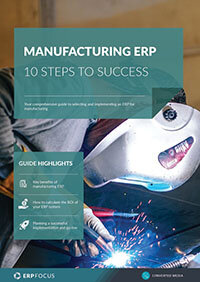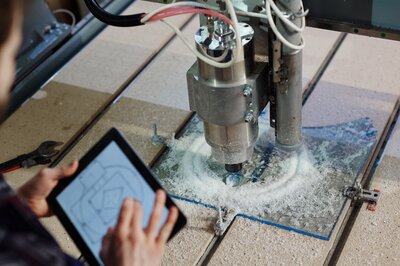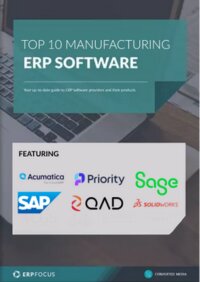3 Signs You Need a New Discrete Manufacturing ERP
Is today the day you decide to replace your legacy discrete manufacturing ERP with a system that will support your business? Sooner or later, that day will come.
1. Your Business Model Has Changed
You have been a discrete manufacturer all along, but years ago when you selected your discrete manufacturing ERP you made the same products for your customers over and over. They ordered a hundred today and you made a hundred. Next month you both repeated. Business was good and you and your customers were satisfied.
Today, your business has evolved to an engineer to order model. Your customer asks for a single unique product and you make it for them. There is only a small chance this particular product will ever be made again. You are still a discrete manufacturer but now you need more engineering functionality in your ERP. You can’t rely on using a routing or BOM already on file and changes to either as production proceeds are common.
2. Integration with Other Systems Is Difficult or Impossible
Your legacy discrete manufacturing ERP works fine on its own but you need it to integrate with other systems. Integration is difficult or impossible with the legacy system. Your customers and your suppliers want to integrate their ERP with yours for quicker, more efficient, and more accurate order processing. If you could integrate your drawing system, you could transfer dimensions directly from a drawing to your ERP and to your CNC equipment. Older ERP systems could often only integrate after extensive custom programming. Today’s ERP have integration built in through web services and similar tools.
3. Workarounds and Spreadsheets Are Rife
Your legacy discrete manufacturing ERP came with a set of standard reports. If you wanted something special for an ad hoc analysis, you often had to copy the report to a spreadsheet and use Vlookup and similar spreadsheet tools to combine it with other reports to develop the data set needed.
New discrete manufacturing ERP systems have powerful analytical and business intelligence tools built in. Instead of combining spreadsheets, you combine data from different tables exactly as necessary. Business today moves a lot faster. You cannot compete by analyzing last month’s data. We can create dashboards today that compare what was just done with a standard. We can create a dashboard that predicts what we will do next to a standard. We are still discrete manufacturers and we need an ERP that will help us provide for our customers and continue to stay a step ahead of the competition.
Free white paper

Manufacturing ERP: 10 steps to success
Complete step-by-step guide to manufacturing ERP software

Featured white papers
Related articles
-

ERP for make-to-order manufacturing
How can ERP help your make-to-order manufacturing business thrive?
-

Secret KPI: Why Your ERP Implementation Team Matters More Than Software
Learn how Godlan ensures successful ERP implementation for manufacturers with proven strategies &...
-

Shop floor management: 4 ways ERP can improve efficiency
Learn about the shop floor efficiencies that can be realized through the implementation of manufa...



